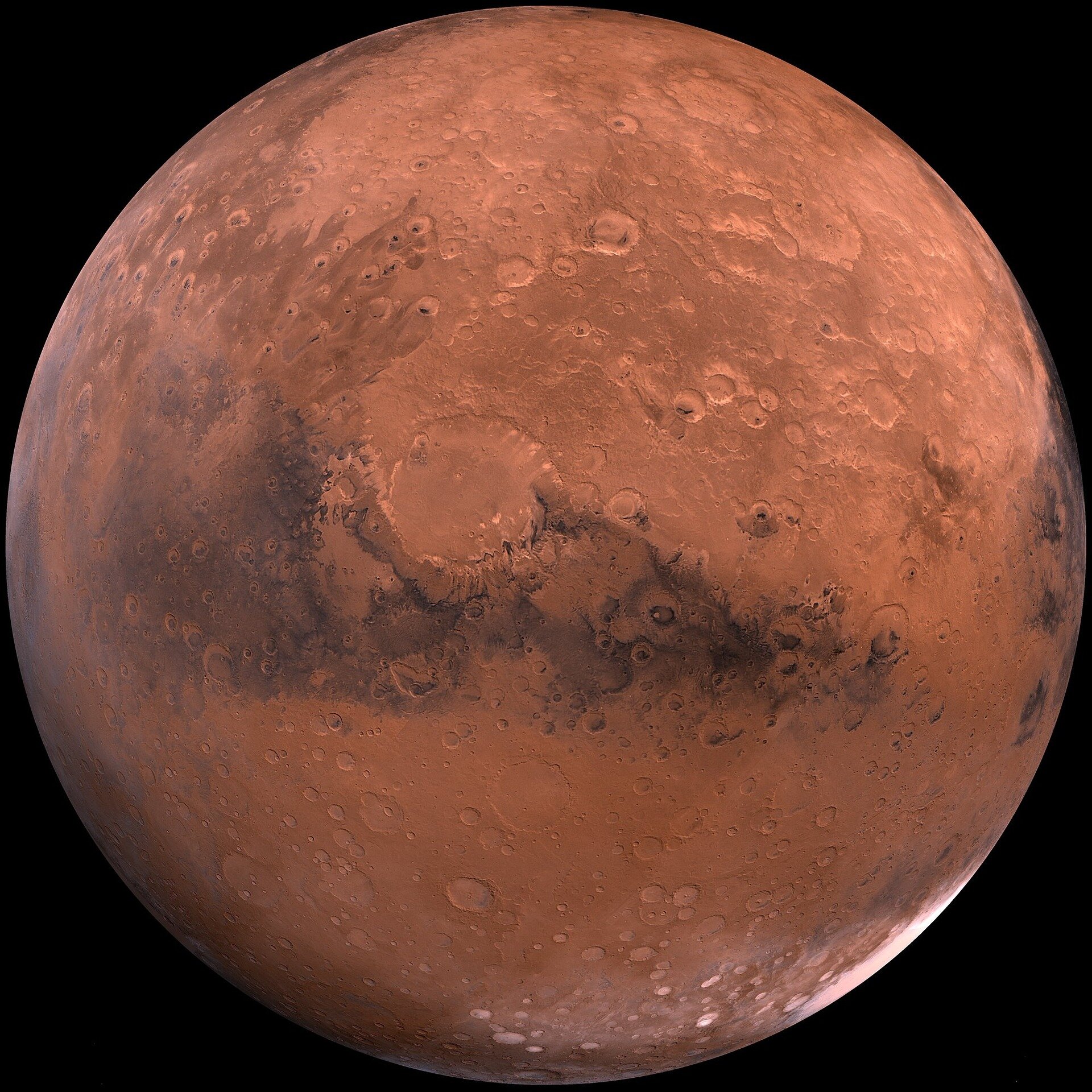When NASA’s Curiosity Mars rover isn’t on the move, it works pretty well as a sundial, as seen in two black-and-white videos recorded on Nov. 8, the 4,002nd Martian day, or sol, of the mission. The rover captured its own shadow shifting across the surface of Mars using its black-and-white Hazard-Avoidance Cameras, or Hazcams.
Rover drivers normally rely on Curiosity’s Hazcams to spot rocks, slopes, and other hazards that may be risky to traverse. But because the rover’s other activities were intentionally scaled back just prior to conjunction, the team decided to use the Hazcams to record 12 hours of snapshots for the first time, hoping to capture clouds or dust devils that could reveal more about the Red Planet’s weather.
When the images came down to Earth after conjunction, scientists didn’t see any weather of note, but the pair of 25-frame videos they put together do capture the passage of time. Extending from 5:30 a.m. to 5:30 p.m. local time, the videos show Curiosity’s silhouette shifting as the day moves from morning to afternoon to evening.
The first video, featuring images from the front Hazcam, looks southeast along Gediz Vallis, a valley found on Mount Sharp. Curiosity has been ascending the base of the 3-mile-tall (5-kilometer-tall) mountain, which sits in Gale Crater, since 2014.
As the sky brightens during sunrise, the shadow of the rover’s 7-foot (2-meter) robotic arm moves to the left, and Curiosity’s front wheels emerge from the darkness on either side of the frame. Also becoming visible on the left is a circular calibration target mounted on the shoulder of the robotic arm. Engineers use the target to test the accuracy of the Alpha Particle X-ray Spectrometer, an instrument that detects chemical elements on the Martian surface.
2023-12-29 18:00:04
Source from phys.org rnrn


















